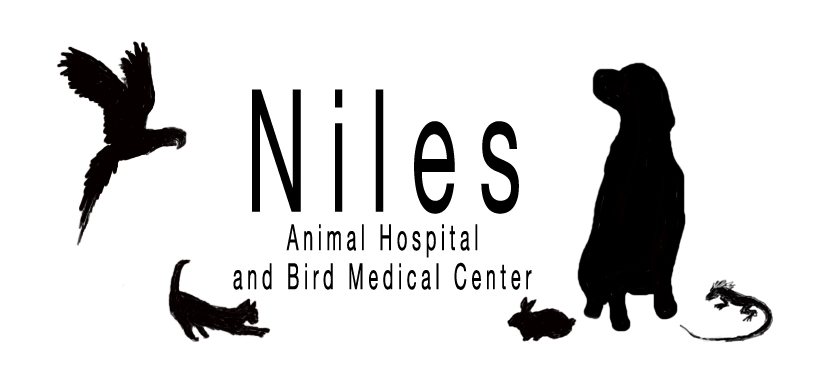From the Chicago Tribune, an excellent article by noted pet expert/writer Steve Dale.
Pet Ownership Has Dipped Slightly in the USA
Steve Dale My Pet World, Tribune Media Services
The American Veterinary Medical Association U.S. Pet Ownership and Demographics Sourcebook is the closest thing there is to a census of pet ownership, and is conducted every five years. According to the recently released 2012 Sourcebook, between 2006 and 2011, pet ownership decreased by 2.4 percent in the U.S., to 56 percent of all households. Still, there are more pets than children in America!
The population decline is even more evident among birds and horses.
Bird ownership in the U.S. nosedived since 2006, dropping by 20.5 percent, and a total of 45.6 percent over the past 20 years. Today, there are a total of 8.3 million feathered friends at year-end 2011, according to the Sourcebook.
The horse population also took a hit, down about 33 percent, to 4.9 million, compared to 2006. Households owning pet rabbits hopped down by 25 percent. Even fish dropped in popularity (by 16.7 percent).
So, what’s going on?
“There’s no doubt the Demographics Sourcebook offers the best and most consistent methodology on pet ownership,” says Dr. Douglas Aspros, White Plains, NY-based president of the American Veterinary Medical Association. “It’s one thing to look at the facts, and it’s another to interpret them. We simply don’t know for sure (why pet numbers have fallen).”
Aspros does offer several ideas.
“Certainly, the economy plays some role, particularly in the decline in horse population,” he says. “It’s been devastating, but owning, feeding, housing and caring for horses is costly.”
Aspros adds that the floundering economy over the course of this survey period may, in part, explain why ownership of large and expensive parrots has declined. However, he notes that budgies (often called parakeets), cockatiels and lovebirds are not particularly costly.
“As a kid, I could get a small bird at a five-and-dime store,” he says. “It’s true, they probably didn’t have the best care. And advice about care was limited; at least the birds were available. Today, there’s less availability. It’s a shame; these (small birds) are great apartment pets.”
The economy may also play some role in the dog and cat population decline. Aside from the cost of a pet, there’s also veterinary care, food, grooming and more to consider.
“Absolutely, but more is going on,” Aspros says. “There are several surveys which indicate people are willing to spend, arguably more than ever, on their pets. Of course, not everyone has the means to do that.”
Aspros notes that the number of pedigreed dogs has been sliding (not measured in the AVMA pet demographic survey, but illustrated by waning American Kennel Club registration numbers). For various reasons, increasingly quality breeders have abandoned their hobby. And while all breeds are available through rescue, some may be harder to come by today than, say, 10 years ago.
Aspros is concerned that if pet ownership continues to slide, animal shelters and rescue groups could wind up in a bind, leading ultimately to more pets being euthanized, unable to find homes. But he adds that this is conjecture.
Here’s some additional data from the survey:
Increasingly, dogs and cats are living together (presumably in peace). According to the survey, 36 percent of homes with dogs also have at least one cat. And of households with cats, today nearly 44 percent dare to live with at least one canine.
The state with the highest percentage of pet homes is Vermont, nearly 71 percent.
The state with the lowest percentage of pet homes is Massachusetts, at 50 percent.
Pet ownership among non-traditional families has increased by almost 17 percent since 2006, especially people who are single. (This may be due in part to the overall drop in married couples over the past decade.) Pet ownership is highest among those working full time and among those who own their own home.
(Steve Dale welcomes questions/comments from readers. Although he can’t answer all of them individually, he’ll answer those of general interest in his column Send e-mail to PETWORLD(at)STEVE DALE.TV. Include your name, city and state. Steve’s website is http://www.stevedalepetworld.com; he also hosts the nationally syndicated “Steve Dale’s Pet World” and “The Pet Minute.” He’s also a contributing editor to USA Weekend.)

